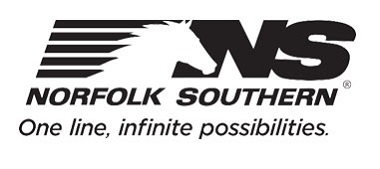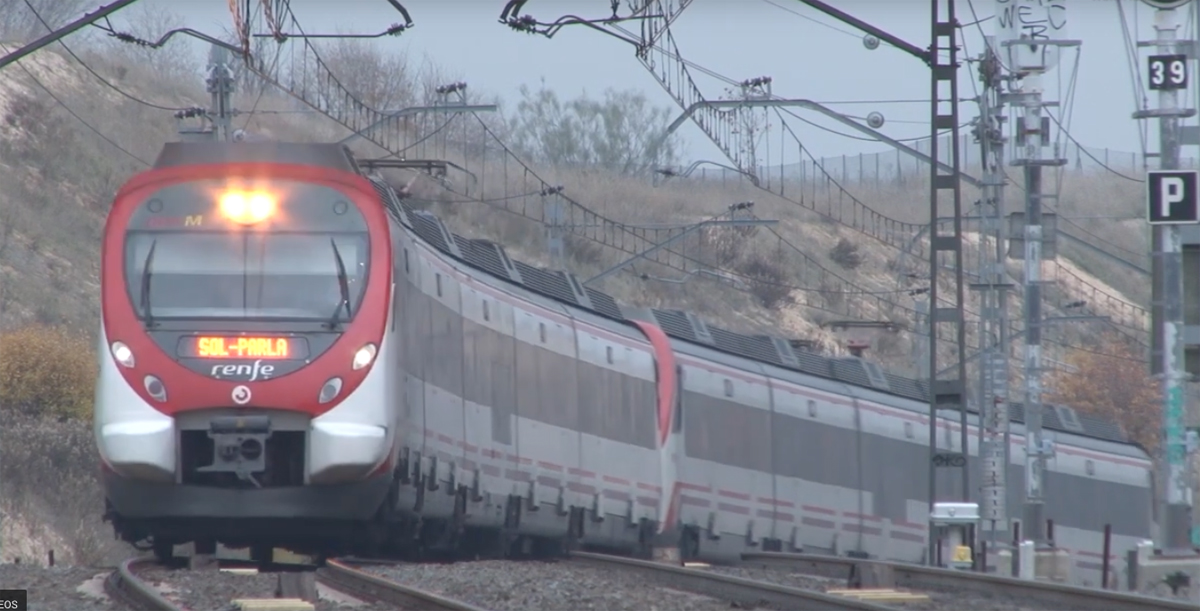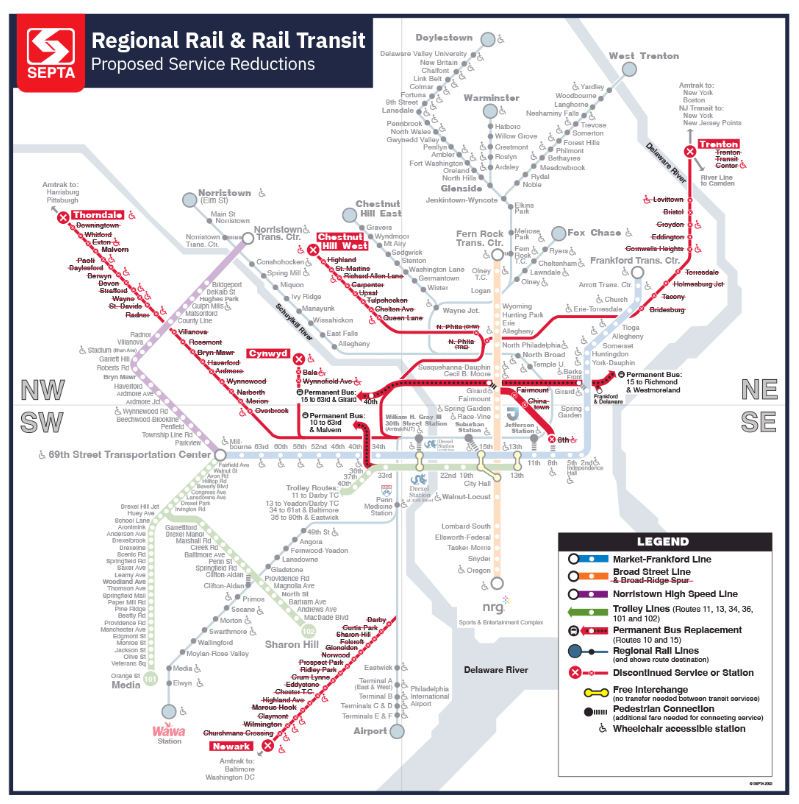“We are finding that the more we adopt new practices and ideas, the more we can drive bottom line growth and shareholder value,” CEO Jim Squires said on the railroad’s Wednesday morning earnings call. “The results showed in the first quarter.”
The railroad’s operating income rose 16%, to a record $966 million, as revenue grew 5%, to $2.8 billion. Net income was up 23% to a record $677 million. Earnings per share increased 30% to $2.51, a record that easily topped Wall Street analyst estimates of $2.18 per share, according to I/B/E/S.
NS’s operating ratio improved 3.3 points to a first quarter record 66%.
Merchandise revenue was up 5% despite a 1% drop in volume. Intermodal revenue surged 6% on volume growth of 2%. Coal volume slumped 5% and coal revenue was flat.
NS average train speed rose 14% in the quarter and terminal dwell improved 23%, Chief Operating Officer Mike Wheeler says. The improvements were due to completion of the railroad’s clean-sheeting process, which redesigned terminal and local service.
Clean-sheeting has laid the foundation for the implementation of Norfolk Southern’s new TOP 21 operating plan, which is based on the principles of Precision Scheduled Railroading. Although targeted train plan changes are being made now, NS will flip the switch on the new plan in July.
The plan will move freight in longer, heavier trains that will combine merchandise, automotive, and bulk traffic while increasing use of distributed power, Wheeler says. TOP 21 also aims to reduce dependence on terminals and intermediate switching.
NS has begun shifting some unit coke, ethanol, and stone traffic into the merchandise network. It also has blended some traffic into intermodal trains and raised merchandise speeds to 60 mph across significant portions of the system so trains with co-mingled traffic can operate at intermodal speeds.
“As we co-mingle traffic onto trains, a train becomes a train and we really don’t want to have an intermodal speed and a merchandise speed out there,” Wheeler explains. “So we’ve raised them up, where appropriate, to all run at 60 mph and take advantage of the velocity improvement and keep everything moving.”
Changes to the intermodal network operating plan will come next year, Wheeler says.
Wheeler says the railroad is making progress on the five key performance metric goals unveiled at investor day in February. They include train and engine employee productivity, locomotive productivity, train weight, cars on line, and a service delivery index that’s benchmarked to 2018 service levels.
But NS did not provide specific figures on how performance measured up versus the goals for the year or compared to the long-term targets set for 2021.















It would seem to me that at least initially, NS will be spending more money on track maintenance as they raise track speeds to 60 mph on all trains on most lines. After the initial track work, when the bad spots that will occur with 60 mph freight trains have been found and resolved/upgraded (I figure about two years), NS freight trains should get faster (and stay that way).
However, there are some lines that will take massive alignment changes to run at 60 mph. I doubt these can be upgraded in a cost effective manner.
Ted,
NS recently consolidated all dispatchers in Atlanta. In the process, they re-configured who was responsible for which tracks. So they all had to re-learn the territory. Not an excuse, but more of an explanation of one possible reason. On the 182 mile line I live near, they split it among three dispatchers. Even in the same room, they don’t talk to each other as much as they used to do. I see a lot more re-crews as each dispatcher takes his/her whole shift to move a train across ‘their territory.’
I go on the Amtrak website and open “track your train” almost every evening. Given the absence of bad weather, major track work, or other irregular circumstances, a high majority of L D trains are running on time or very close to on time. The one CONSISTANT exception is the CRESCENT!!!!! It is almost two(2) hours plus late , every day, both ways. All the “fancyspeak” about “velocity improvement an keep everything moving”, sure has not done anything for the Crescent. Me thinks that N S just doesn’t “give a s— ” about trying to give Amtrak a break! The other class 1’s and Buckingham Branch are all doing a pretty good dispatching job. If you can believe NS is doing such a stellar job, as they say they are —— then I can only conclude that they consistently put 19/20 “in the hole” most of the time. Some leverage—government, Amtrak, social media, or a combination, needs to be used to shake NS management out of their wrongheaded operation!
Above: “we can drive bottom line growth” or did he mean drive growth to the bottom [With PSR] ?